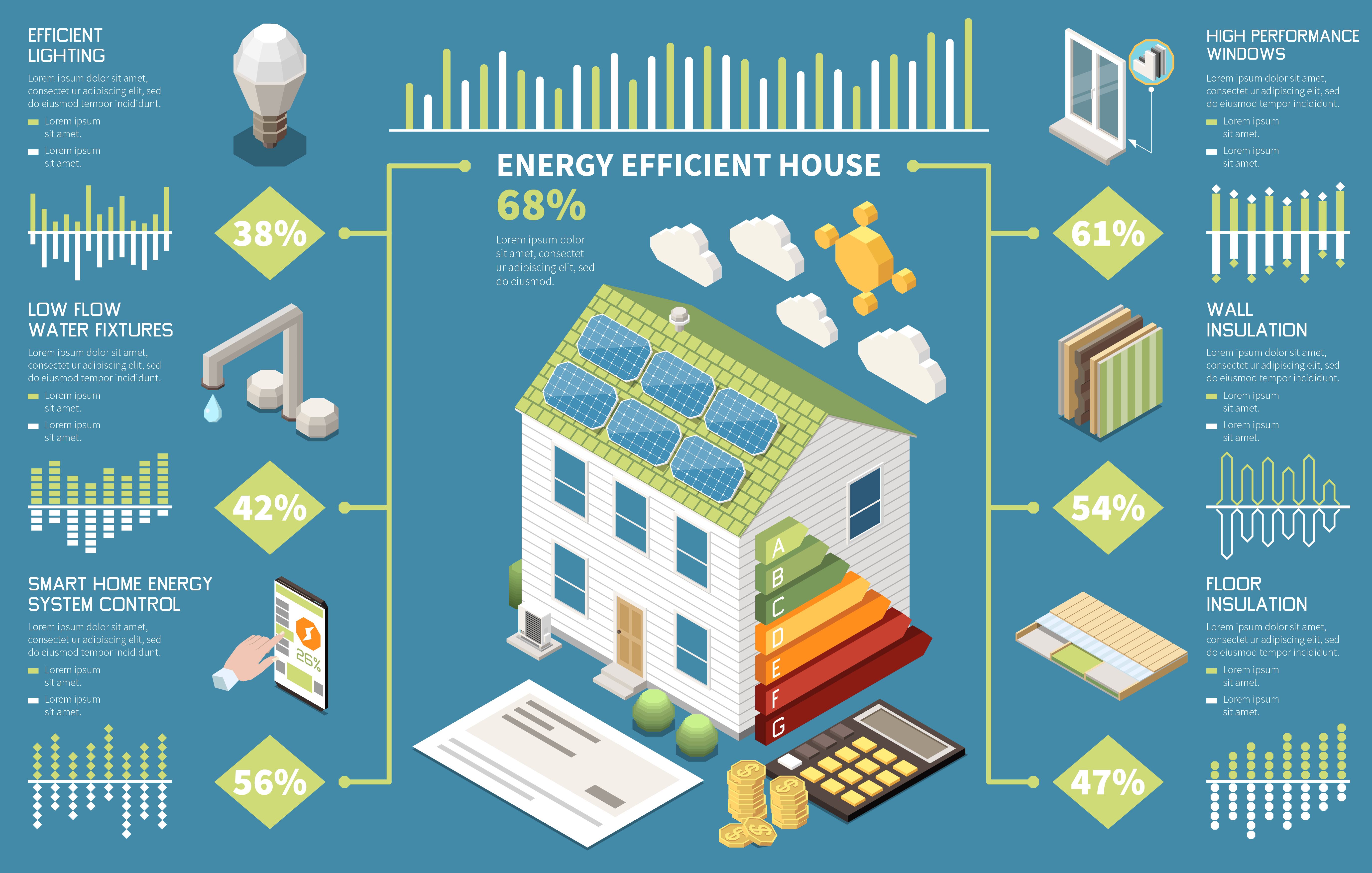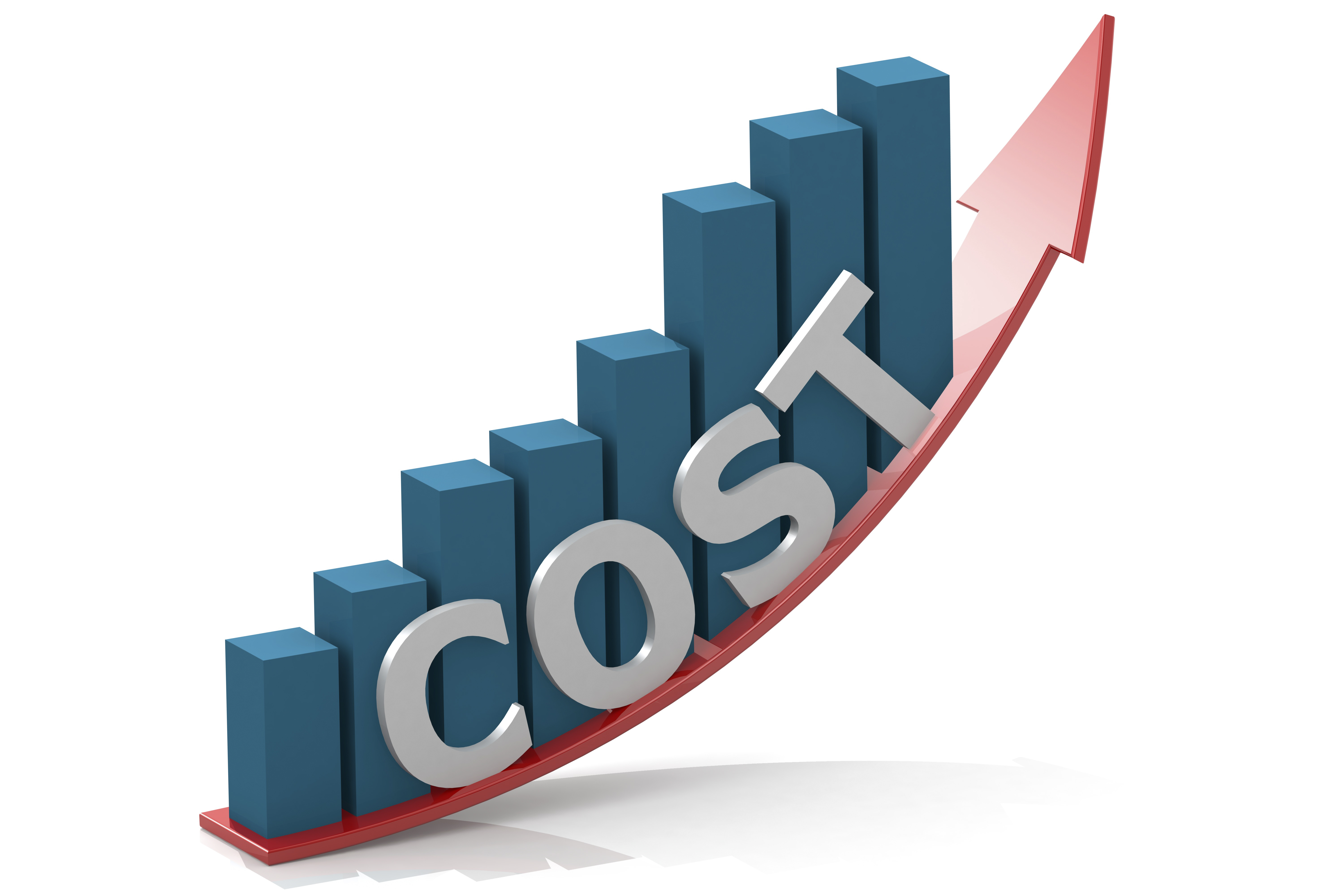The Income Approach is also termed the “fundamental”, or “intrinsic method” of property valuation. In this method the present worth of property is estimated on the grounds of projected future net income (in rent, for example) and the resale value. It uses a discounted cash flow (DCF) model to determine the present value of an investment. One underlying assumption of this approach is the principle opportunity cost of capital, i.e. that money is of more value to its holder today than it is in the future.
The principle of anticipation is fundamental to this approach. It states that value can be calculated today by valuing expected future profits. Since this method can be quite complicated when many factors have to be taken into account, most people would employ a financial or investment professional for more detailed analysis.
How is this calculated?
To calculate the present value of a property, prospective future income must be discounted to reflect the opportunity cost of capital. The opportunity cost of capital means the loss of income from other interest- generating investment opportunities, for example the 4% interest that would be earned in a savings account, or the cost that is incurred in raising it (for example a mortgage).
Using the example of a typical, three-bedroom, semi-detached home, this method is used to establish that, by purchasing the property in question, there is less chance that money will be lost. To decide how much the property is worth to the particular individual, certain assumptions must be made:
1. Firstly the prospective income and expenses must be calculated. For this example, using the average rent for comparable properties in the area, we will assume the annual rental value is £26,400.
2. To calculate the discounted cash flow, it is also necessary to estimate the risk involved- for property, these estimates are usually based upon historical data of interest rate fluctuations, and comparable investments (in this case the alternative investment opportunity is 4% earned in a savings account). For this example we will estimate the risk at 8%. The present value of a property can then be calculated by dividing the future value of the house by (discount rate + 1).
| Year 1 | 2007 | 2008 | 2009 | 2010 | 2011 | 2012 | 2013 | 2014 | …. | Infinity | |
| Rent | £ 26,400 | £26,400 | £26,400 | £26,400 | £26,400 | £26,400 | £26,400 | £26,400 | £26,400 | … | £26,400 |
| Expenses | £ 5,000 | £ 5,000 | £ 5,000 | £ 5,000 | £ 5,000 | £ 5,000 | £ 5,000 | £ 5,000 | £ 5,000 | … | £ 5,000 |
| Profit | £ 21,400 | £21,400 | £21,400 | £21,400 | £21,400 | £21,400 | £21,400 | £21,400 | £21,400 | … | £21,400 |
| PV £267,500 | C/r |
Advantages:
+ Focuses directly on the financial value of a property to the individual concerned.
+ Income analyses are very detailed and derive specific conclusions (in contrast to the more general approach practised in the sales comparison method).
+ This technique addresses directly the precise property rather than comparatives.
Disadvantages:
- With a high number of influencing factors, the analysis can become too complicated for the lay person, and can involve a great many assumptions which mitigate its usefulness.
- Ignores the actual market prices for property by neglecting the comparable sales analysis.








